High Power / Commercial
High Power / Commercial Organisations of all sorts use electricity, oil or gas for power and heating and in some cases cooling. 'Behind-the-meter' generation of solar energy is the most effective way to reduce your running costs substantially and make a big difference in combatting climate change. In other words, by plugging the power into your use space, you are offsetting the use of your power directly where it counts. There is a growing need from investors and customers for good ESG (Environmental, Social and Governance) criteria to be cared for and one certain way of making a big impact is by an investment in self-generation of energy.
Let's take three examples of various types of commercial activity:
Finance house.
Large retail outlet in industrial unit.
Grower with hothouse requirement.
FINANCE HOUSE
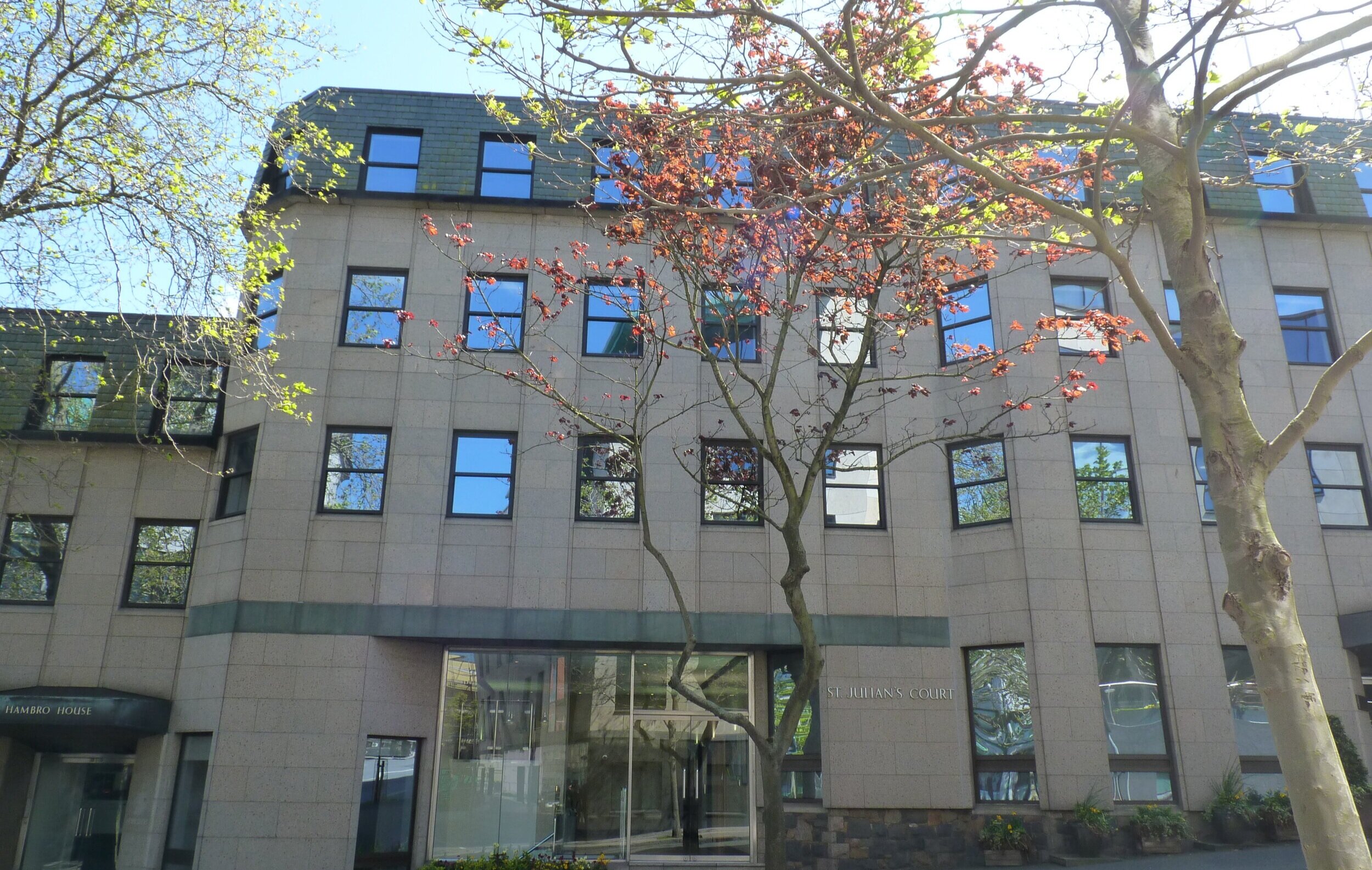
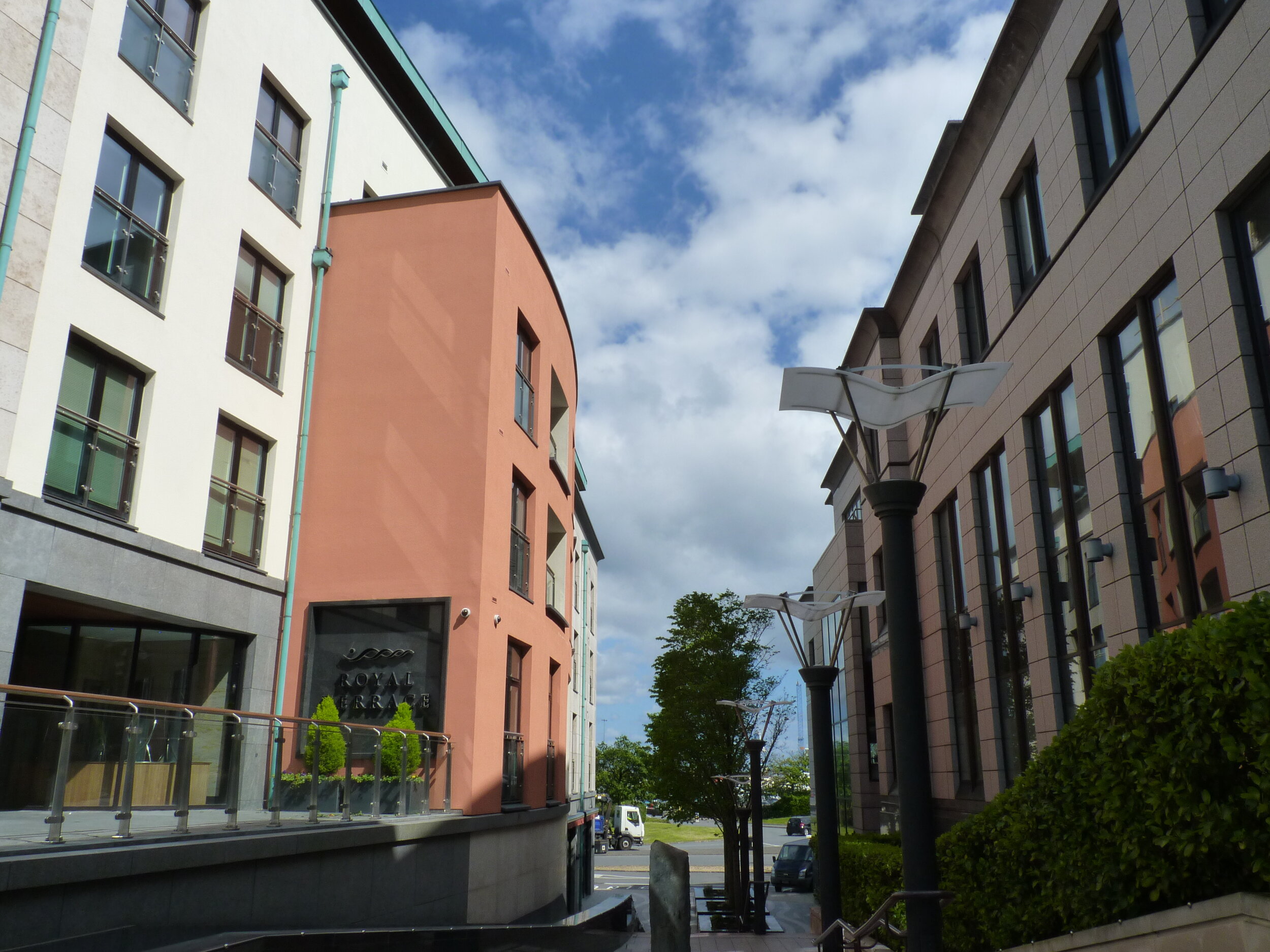
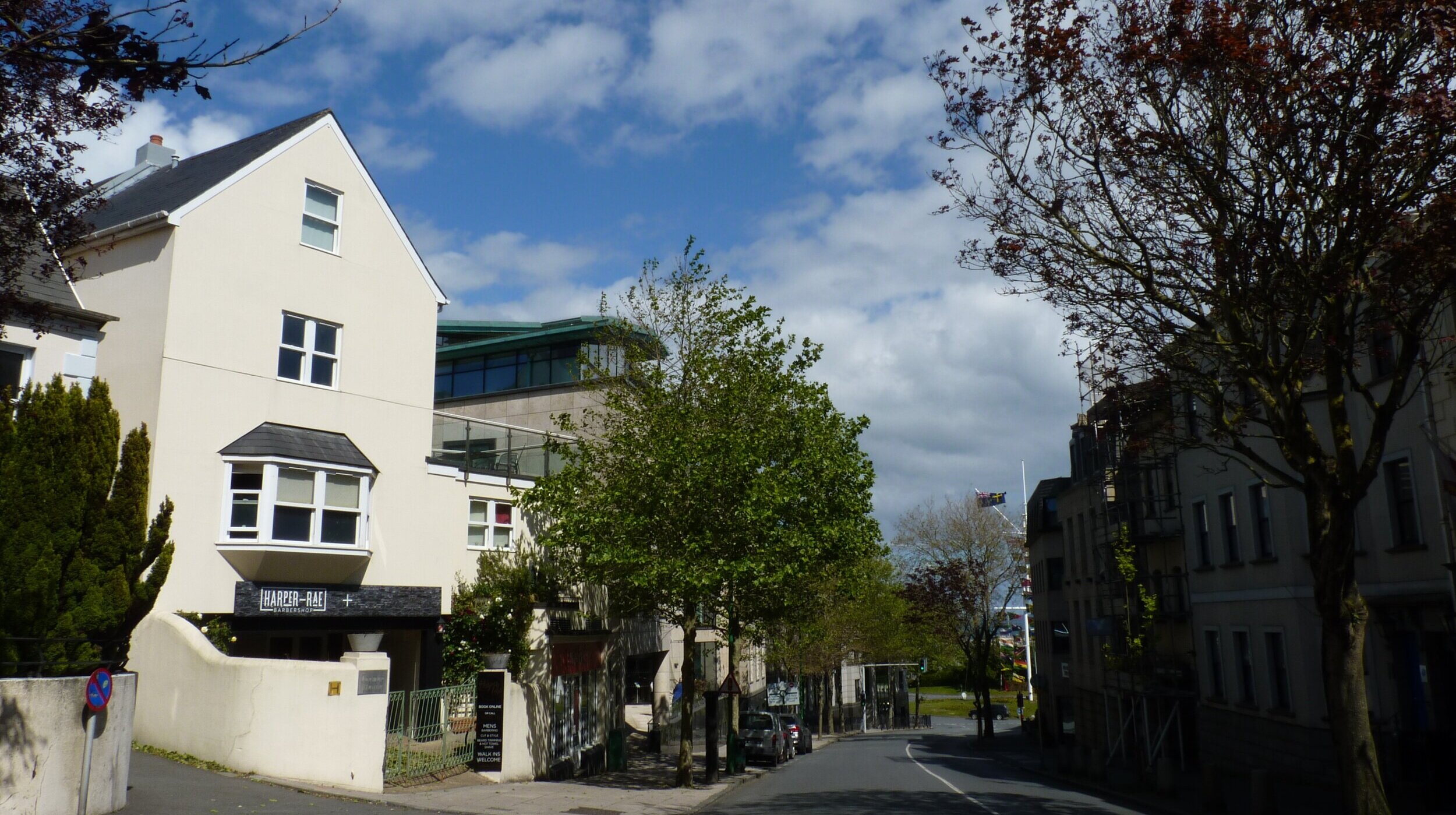
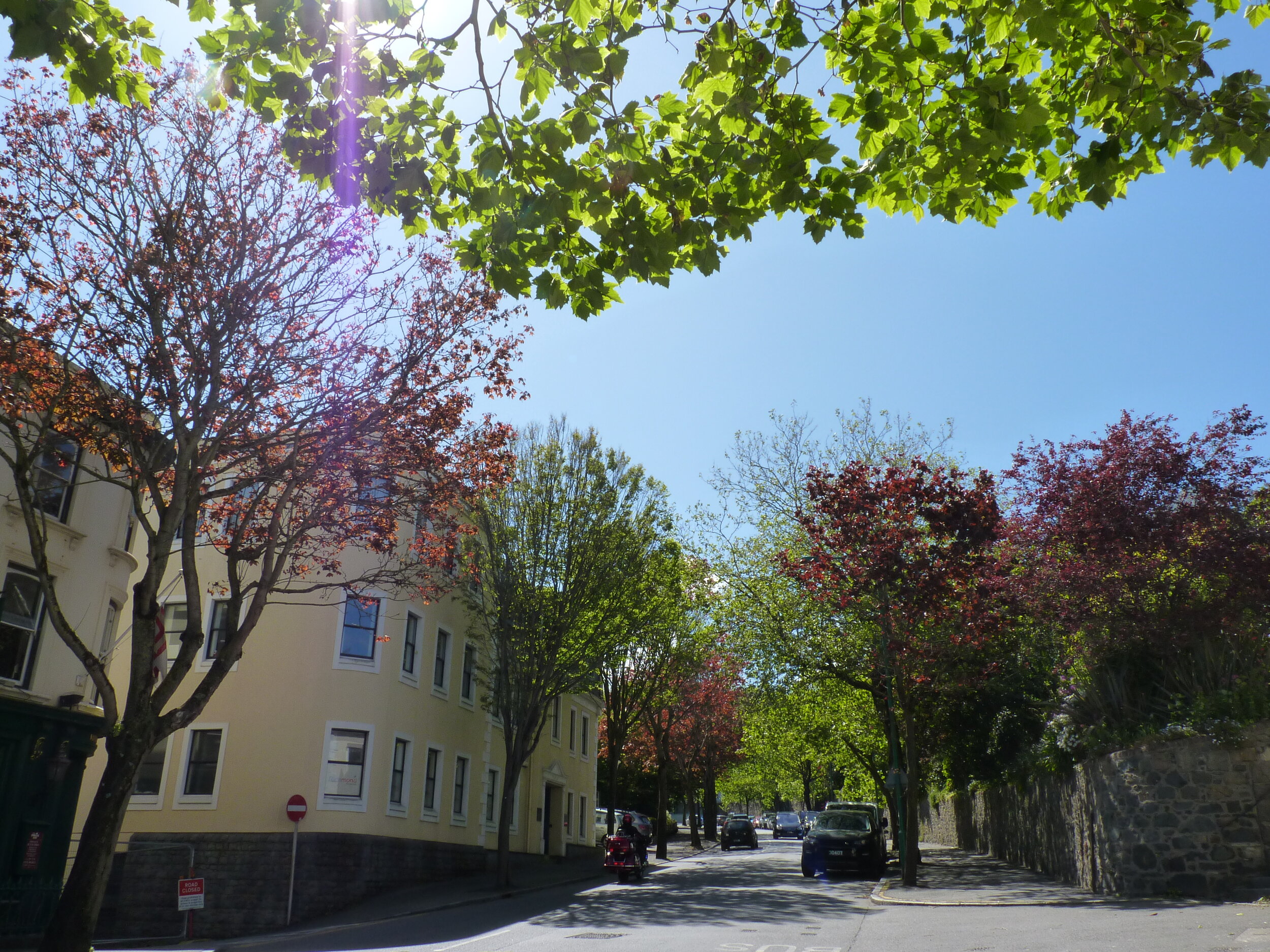
Any large office is mostly used during the day when there is solar energy in the sky. Lights, computers, kettles, fridges are operating all day. If you have a data room that's going to need a lot of power - which increases during the day and in the summer due to either use or temperature. There may be a need for office air-con as well as heating. If you are not using heat pumps for heating yet, its time to step into that zone. Solar energy will neatly track your power needs through the day. At the weekends when the offices are unused, you might generate more than you use on those days and so earn some buyback to pay for your week-day use. If you have enough space, either a rooftop, walls or carports or nearby land you might be able to generate more than your annual use and so become "Energy Positive". Even if you have little space for generation and you can fit only 10 panels, that's still really worth it. All energy generated will sink into offsetting your daytime use. Depending on your operation or scale of operation, battery storage and backup might be of interest.
RETAIL OUTLET
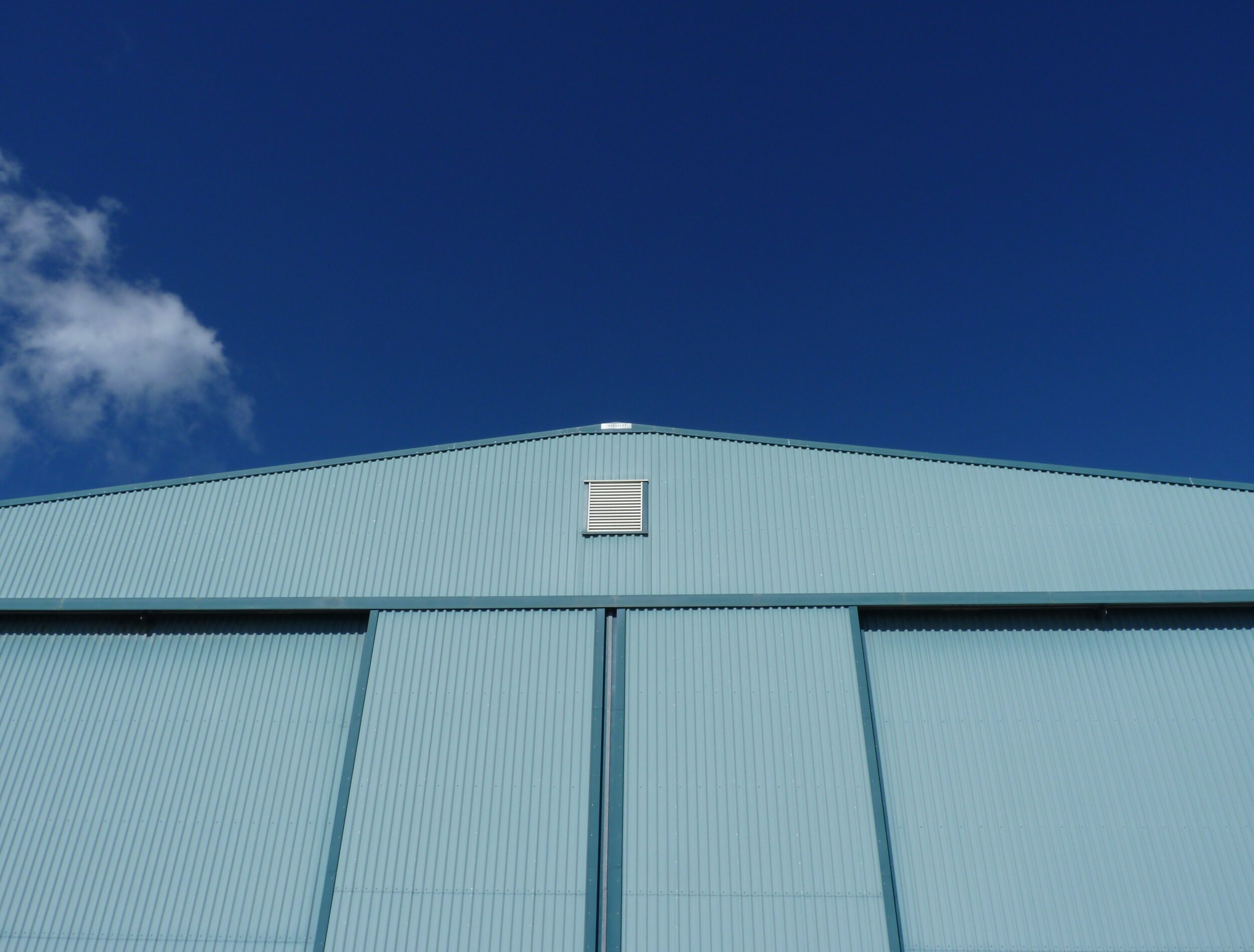
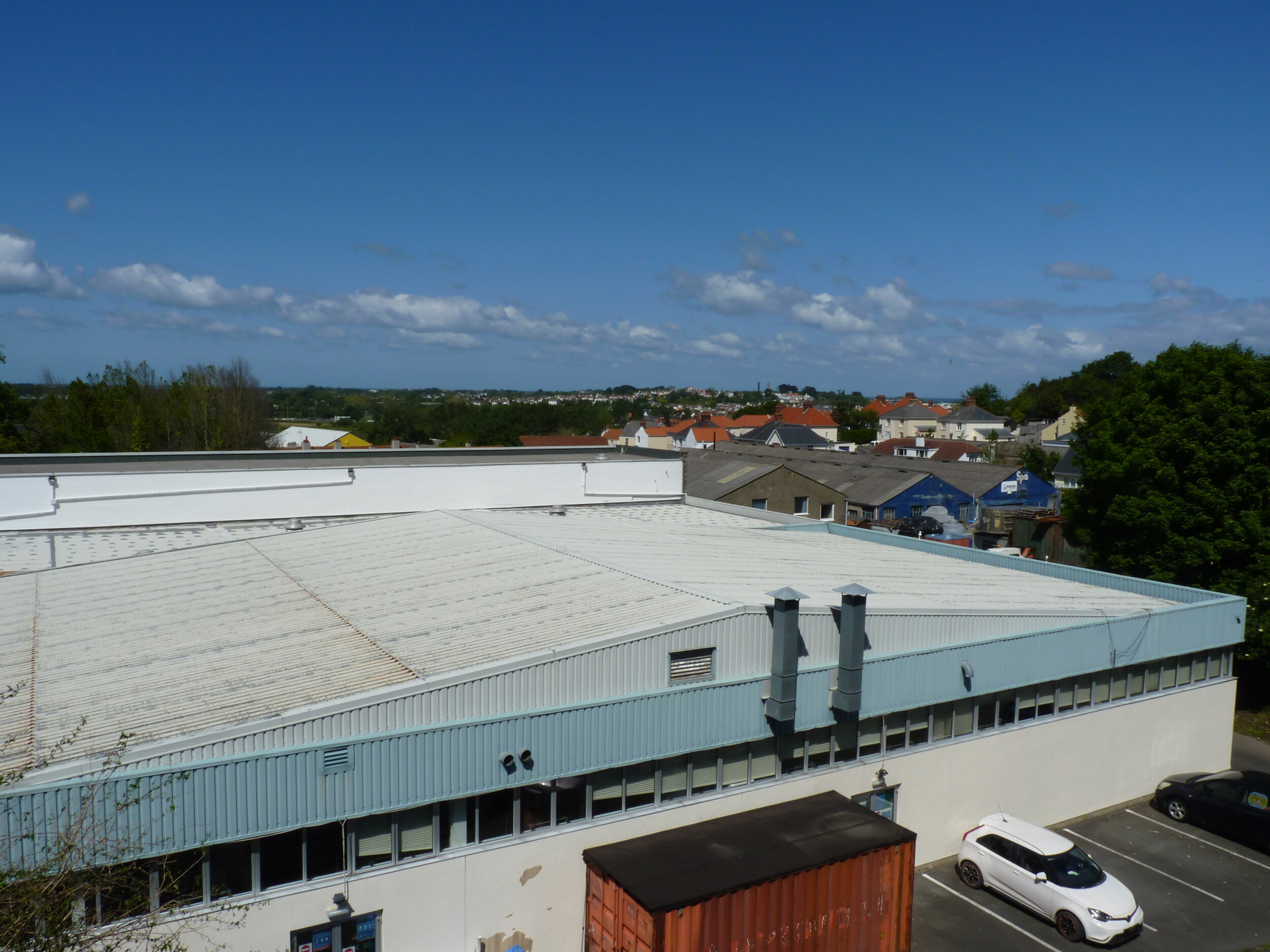
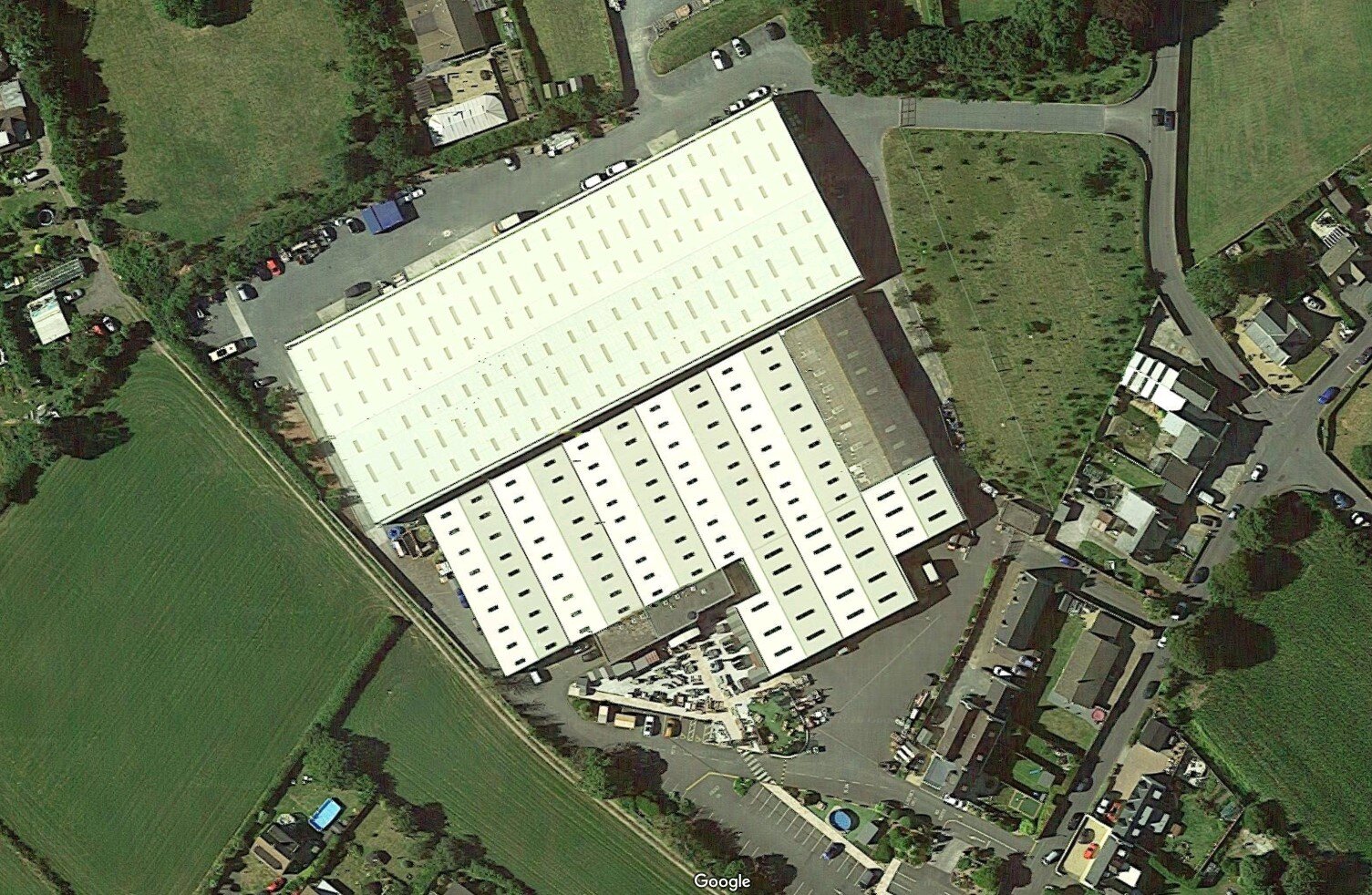
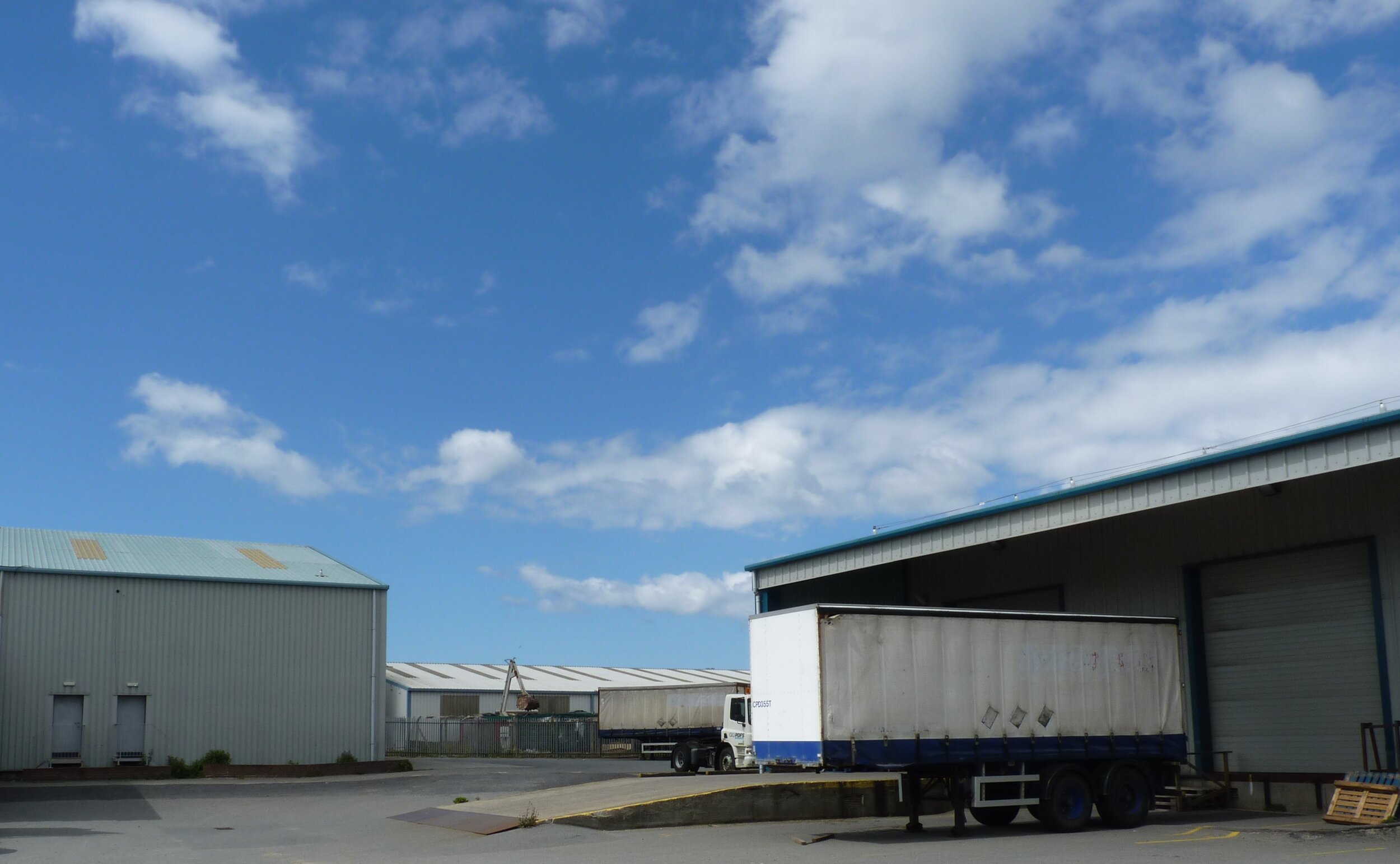
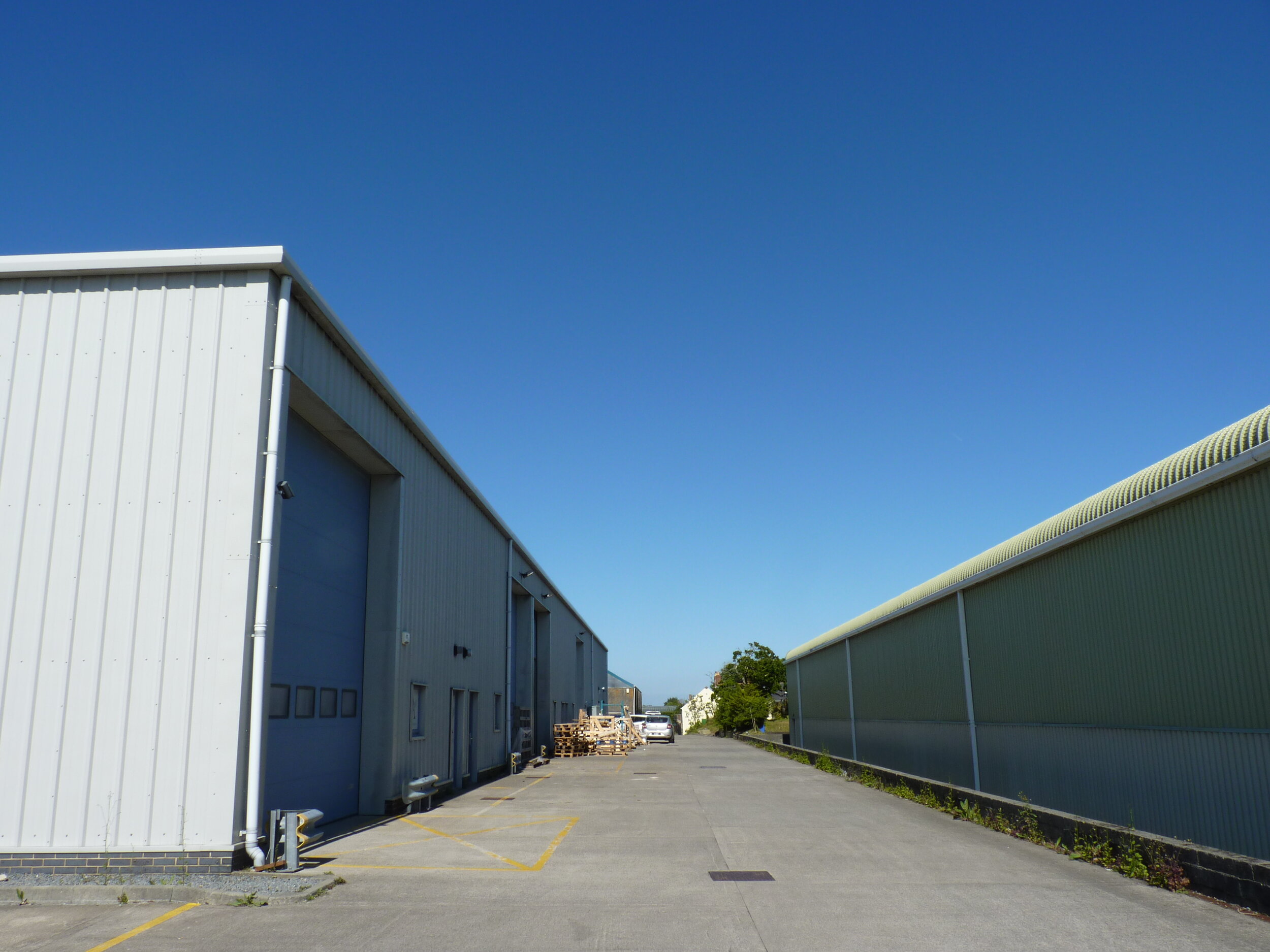
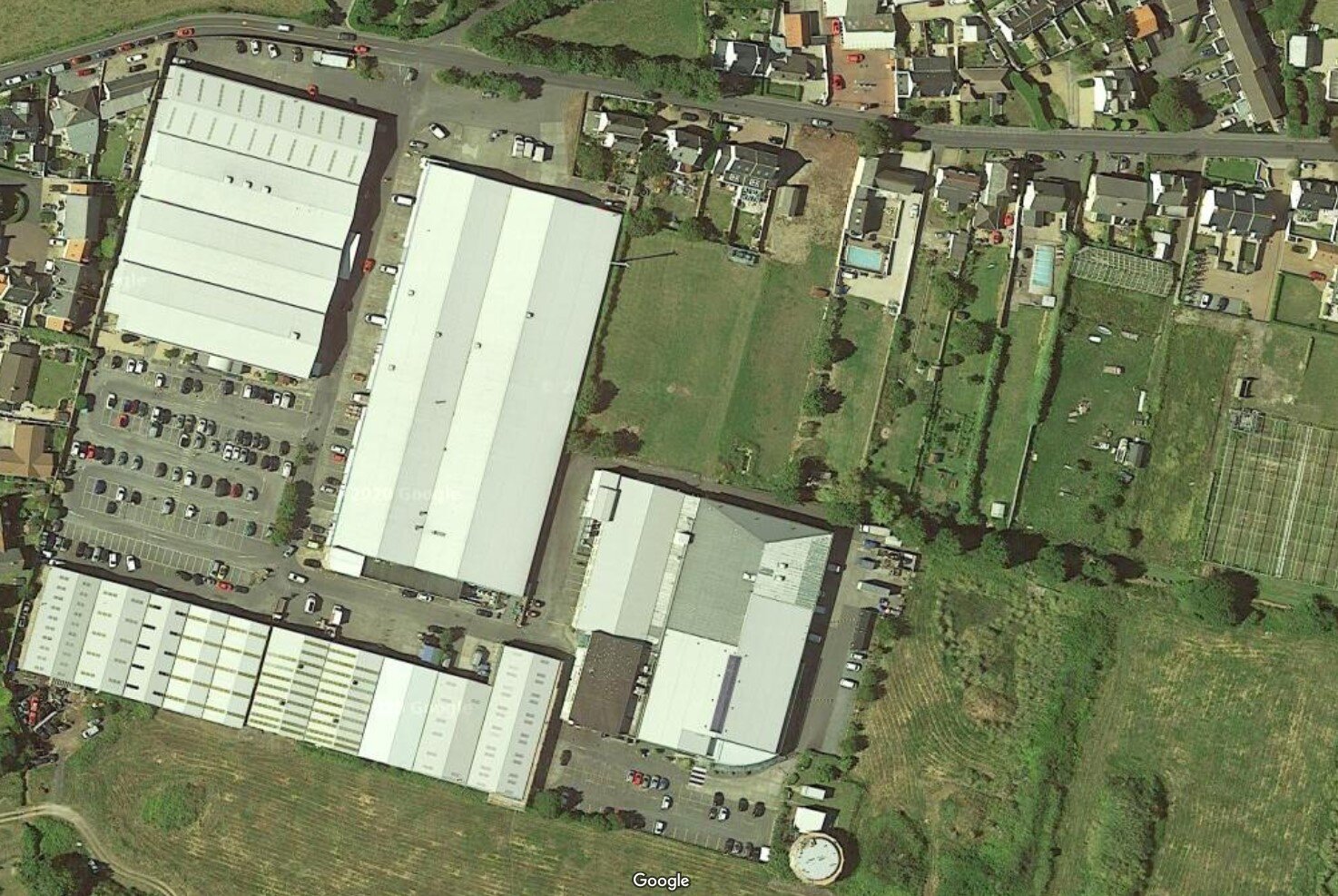
Very similarly to an office-based organisation, power requirement is generally at its maximum during the day. You may have huge refrigeration or cooling loads and solar will, therefore, be extremely cost-effective. Larger retail outlets are more likely to have large expansive roofs, in which case you will generally, easily be able to generate all of your energy needs for the year. In some cases, for your investment in this renewable technology, you may never need to pay an energy bill again.
GROWER
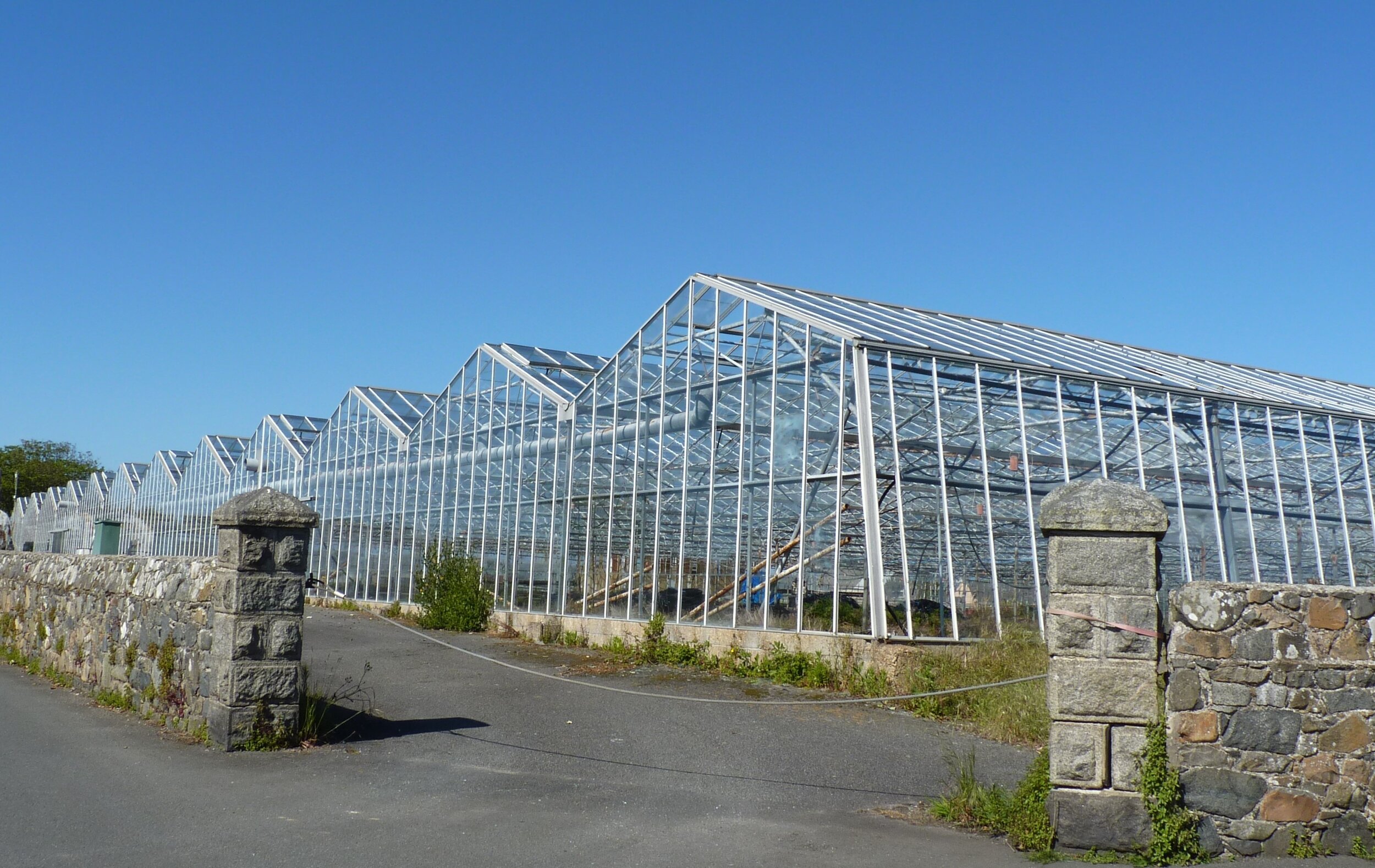
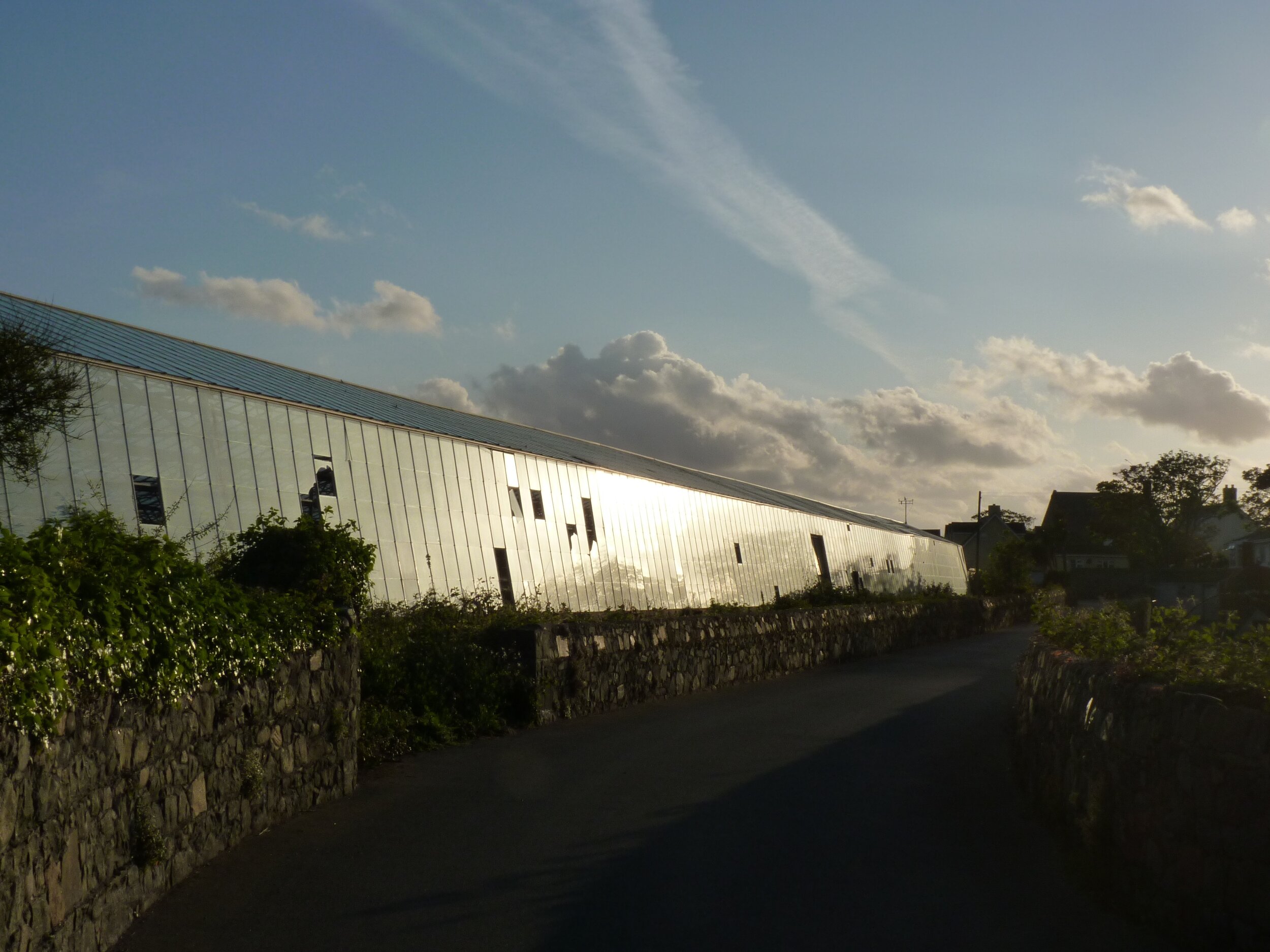
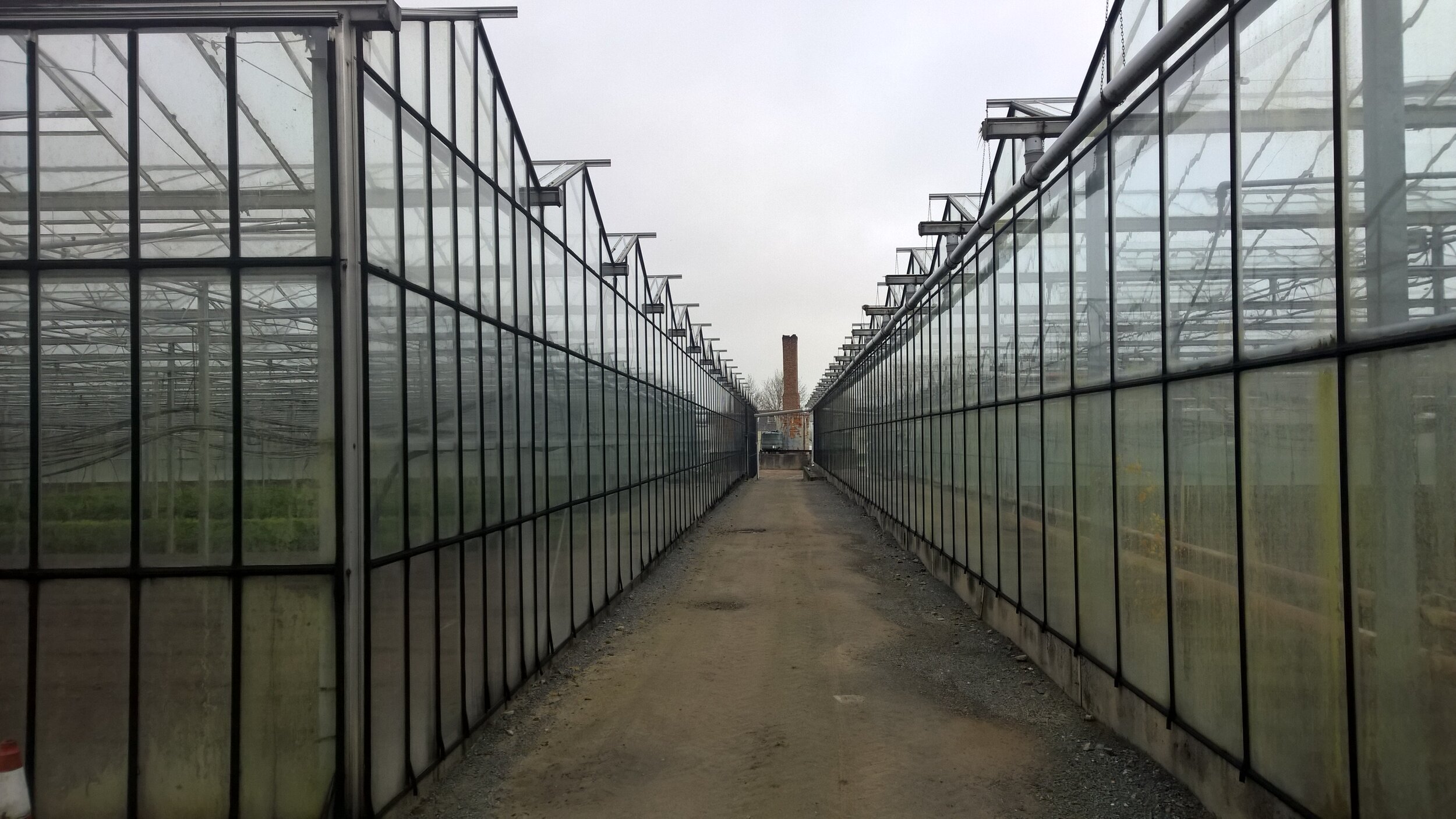
Whether you have a cold house or a hot house, there is always a requirement for irrigation pumps, lighting, office equipment, refrigeration and general power. There is usually plenty of existing available structures, but also land to place solar on so you are in a good position. The scale of solar requirement will completely depend on your operational scale and what you want to do with it. You may make a decision to make a play to maximise your generation and become a significant player in the energy community. Solar fields are a great way of using some areas of land populated by dilapidated greenhouse for example. Our customer surveys have suggested that in some cases 100kW to 250kW solar fields are possible. If your requirement is for heating a greenhouse, then it's pretty well a 'no brainer' to install solar photovoltaics to reduce costs. Storage systems of all types will come in handy too. In all cases, there are really three choices in capacity and very dependent on how much room you have for solar:
1. Install 'just enough' solar PV to maximise offset in the summer with little export.
2. Go for an average summer/winter production/load match.
3. All-out and match your winter production to load and then in the summer become a net producer, earning an income for your excess.
There are creative ways of offsetting your carbon footprint if you do not have a roof or land space or do not own your own property and renting:
Buy a field and populate it with solar, gaining carbon neutrality.
Participate in a community solar project with a share-holding.
Visit our projects page to see our past installations.

